If you’re interested in realistic drawing and painting techniques, you must study the shadows. The right placement and depiction of shadows helps artists create the three-dimensional illusion on a flat surface. The concept or the formula of seeing the light and how it turns the form is the same across various media. Let’s dive in.
How to draw realistic shadows in colored pencil, graphite and paint
The distribution of light
To understand how to draw realistic objects on paper, you need to study how the light turns the form. This image illustrates the idea. Artists observe the light direction and try to find the highlights, form shadows, cast shadows and the reflected light on an object.
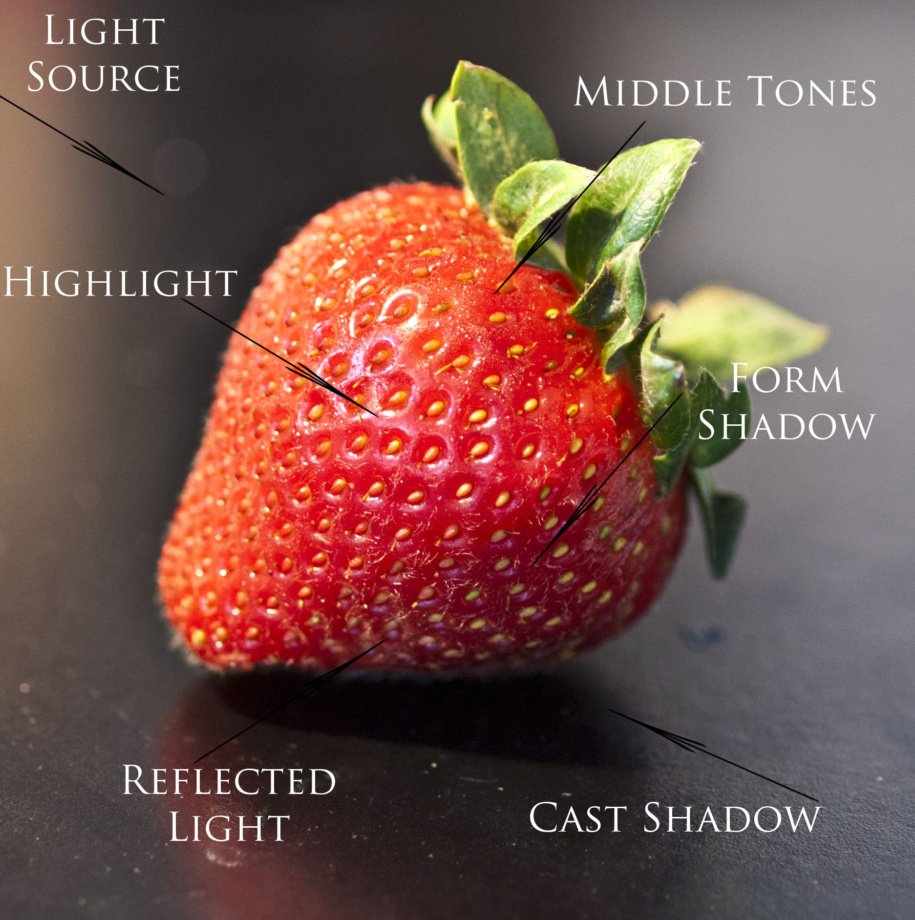
What are the shadows?
There are two types of shadows: the form (or core) shadow and the cast shadow.
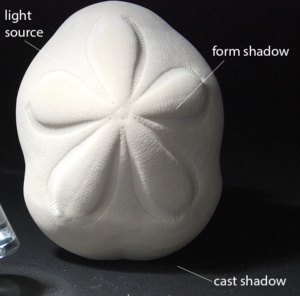
The form shadow is present on the object itself, and is of the darkest value (tone). It appears where the light turns into darkness. You can see the form shadows on various objects including faces, fabric, flowers, etc. The form shadow makes the objects look three-dimensional, and if you don’t see it, the objects remain flat in your artwork.
The cast shadow(s) is situated right under the object and is always attached to it.
While the form shadows give the objects the roundness or volume, cast shadows give the physical presence to objects. They “make” the object look heavy set in the environment it’s in. Sometimes the cast shadows are a lot more interesting to draw than the object itself.
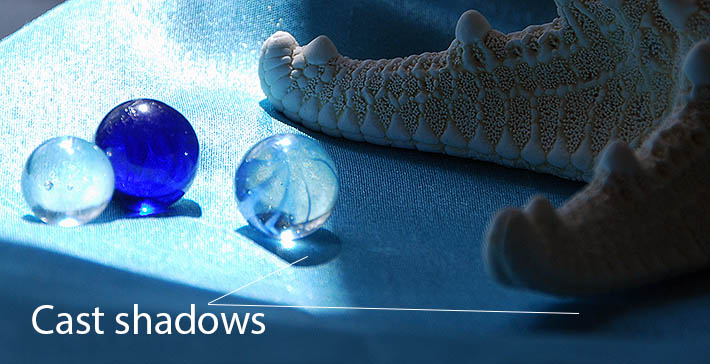
Adjusting the light
If you see no clear shadows in your still life or a photo, it’s much harder to create the 3-D illusion on paper. While we usually have no problem spotting the cast shadows seen on tables or windowsills, found under the fruit or vases, we do often find it difficult to pinpoint the location of the form shadow present on the fruit/object itself. Strong, directional lighting helps artists find the form shadow. Play with the light to see a variety of shadows on and under your objects.
Seeing shadows in glass:
Not every object confirms to the same formula I’ve described above. For instance, drawing reflective objects and glass requires a different approach or formula to create the 3-D illusion on paper. It involves observation and copying of major abstract shapes and reflections found within the glass object.
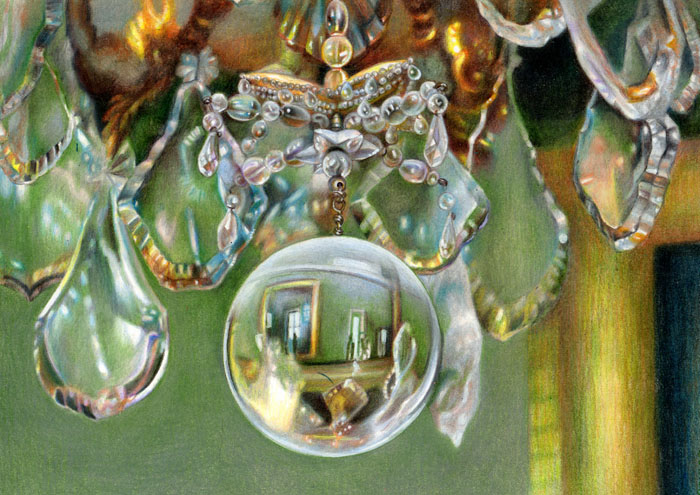
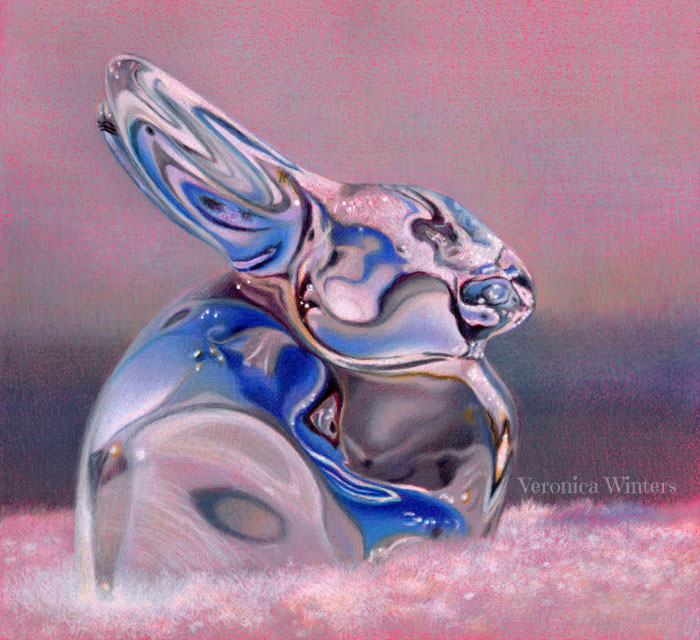
How to draw realistic highlights in pencils
When we look at realistic drawings and paintings, we try to figure out how artists achieve such level of realism in their art.
There are three elements that make drawings and paintings look three-dimensional on a flat surface:
- Accurate shapes or perfect drawing of objects
- Clear understanding how the light turns the form
- Correct placement of highlights on objects, fabric and people.
What is a highlight and how do you find it?
Highlights are the lightest lights or the whitest spots you find on your objects. Always analyze the light direction and the light source. Is it coming from the left or right, top or bottom? You’d find the lightest areas on all objects being the closest to that light source.
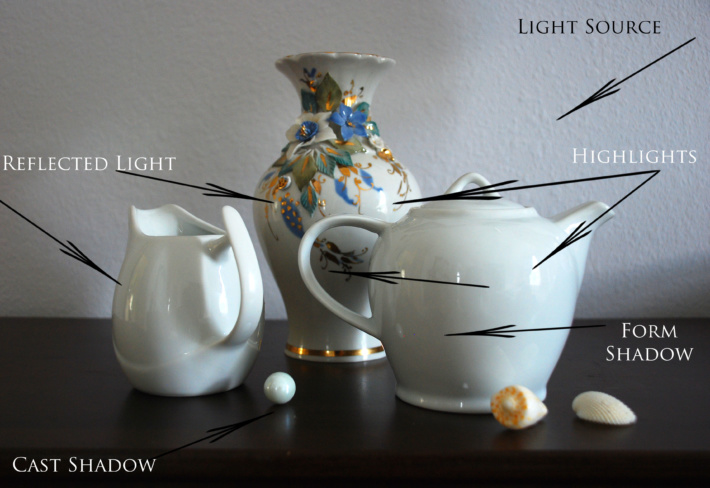
The placement of highlights on your object is logical. Analyze the light direction. If it comes from the left, then your highlights would be on the object’s left hand side. If the light comes from above, then the highlights accumulate on the object’s top.
If it’s a vase, a cup or a bottle directional highlights would appear on the object’s surface where the object usually curves or changes direction.
You may see secondary lights in your set up as well. Usually they’re light but not as strong as the highlights. Make sure they remain secondary and don’t “compete” with your major few highlights. This way you create the hierarchy of light and shadow.
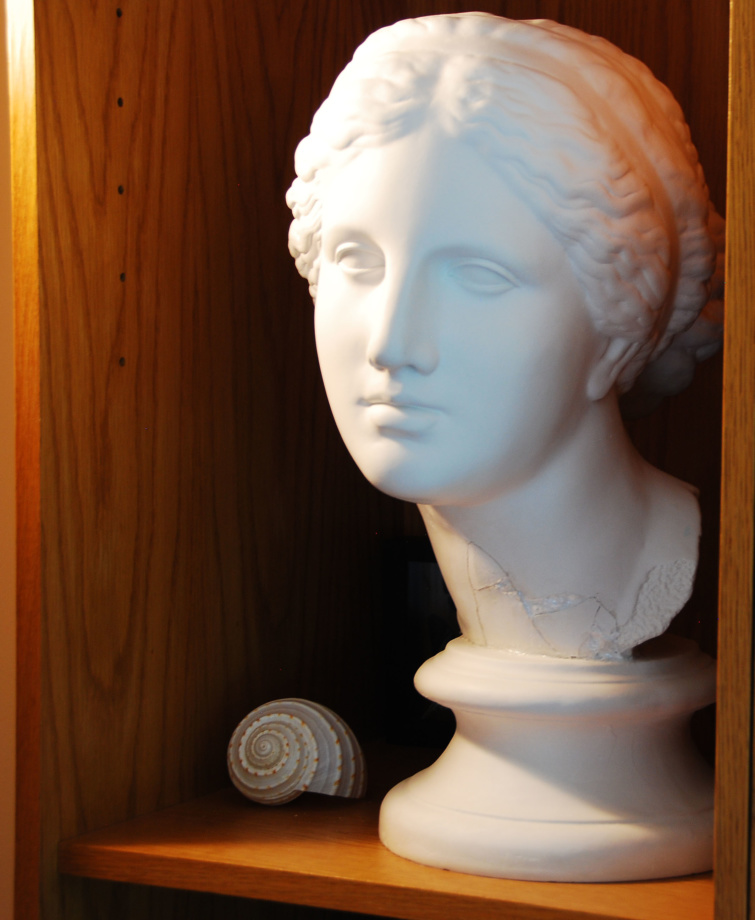
How to draw highlights in graphite drawing
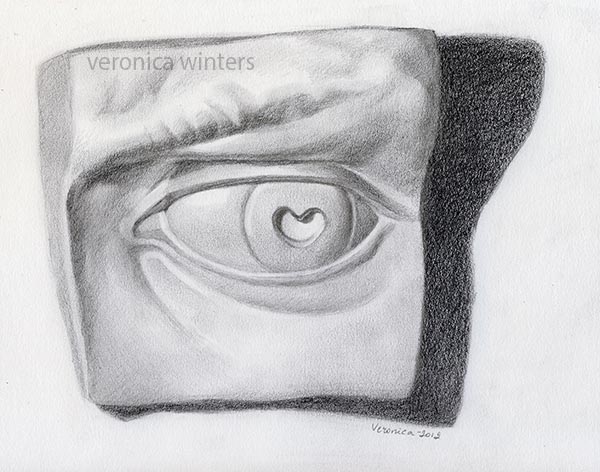
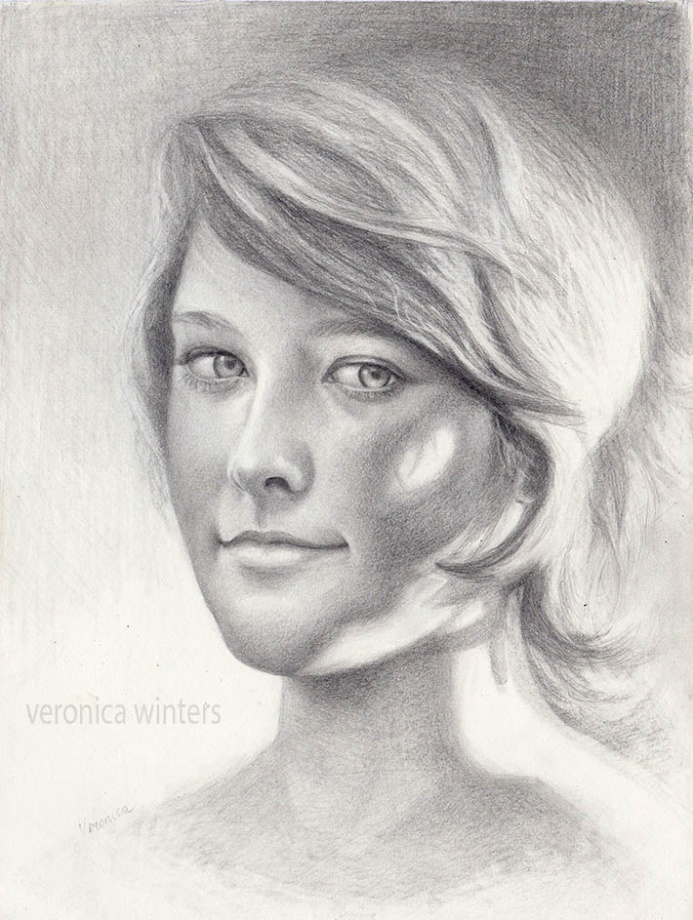
If you’re interested to take your art to the next level, take a video class to learn more about the techniques of colored pencil drawing and painting here.
How to draw highlights in colored pencil drawing
Drawing on white paper:
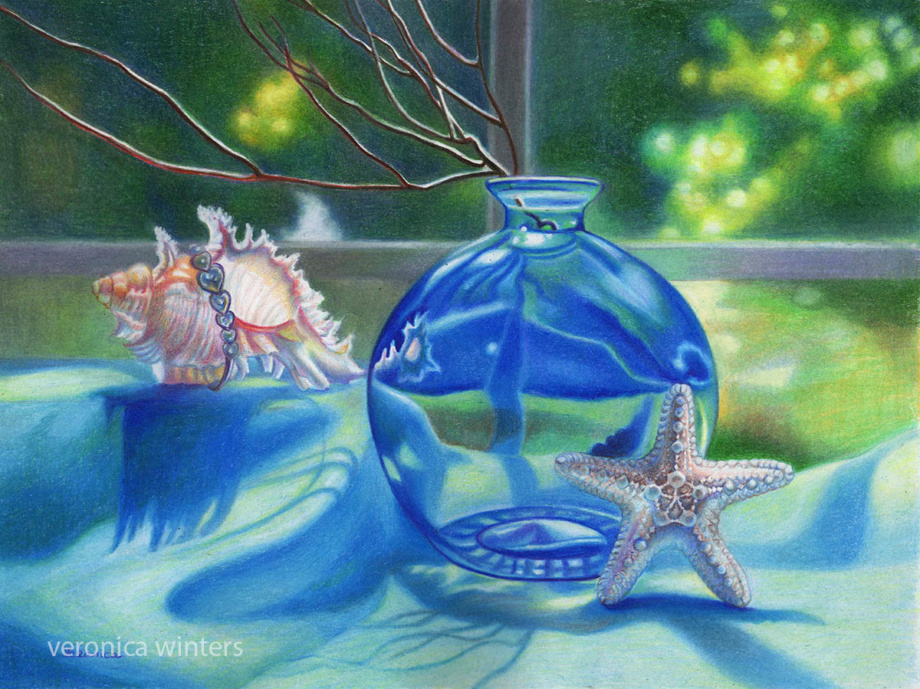
Drawing on toned paper:
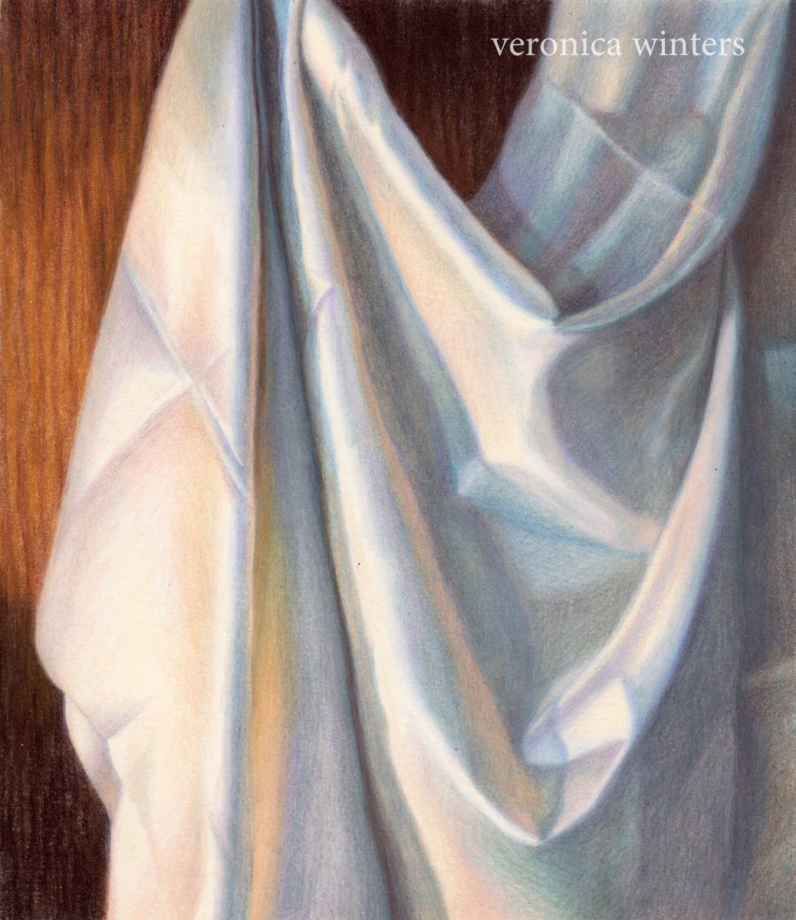
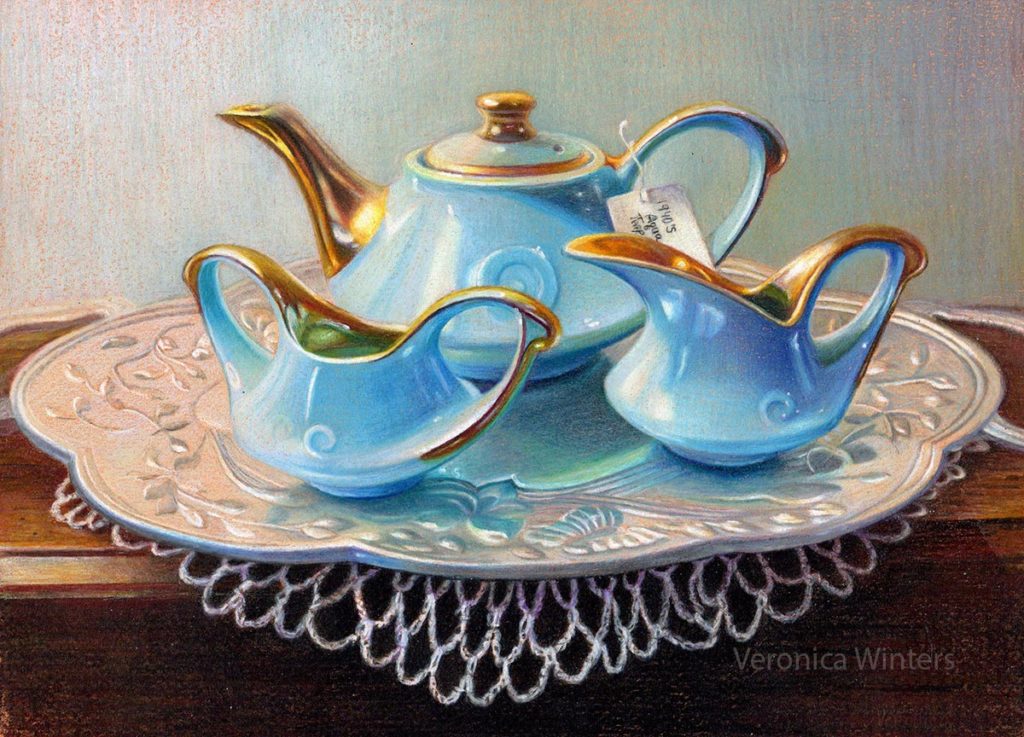
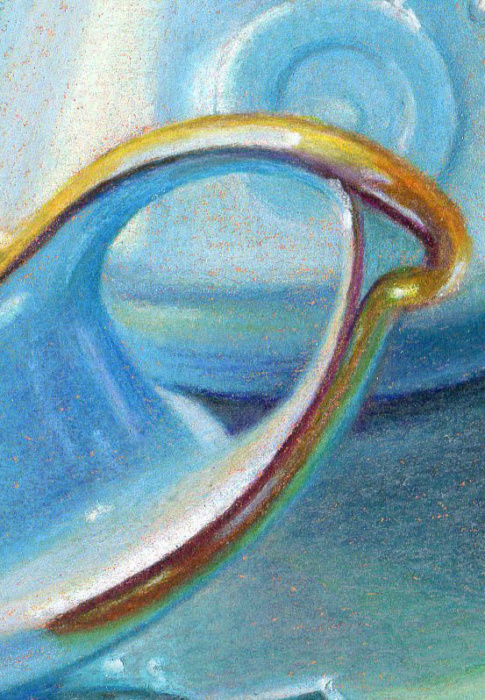
Take your art to the next level by watching a video course on demand.